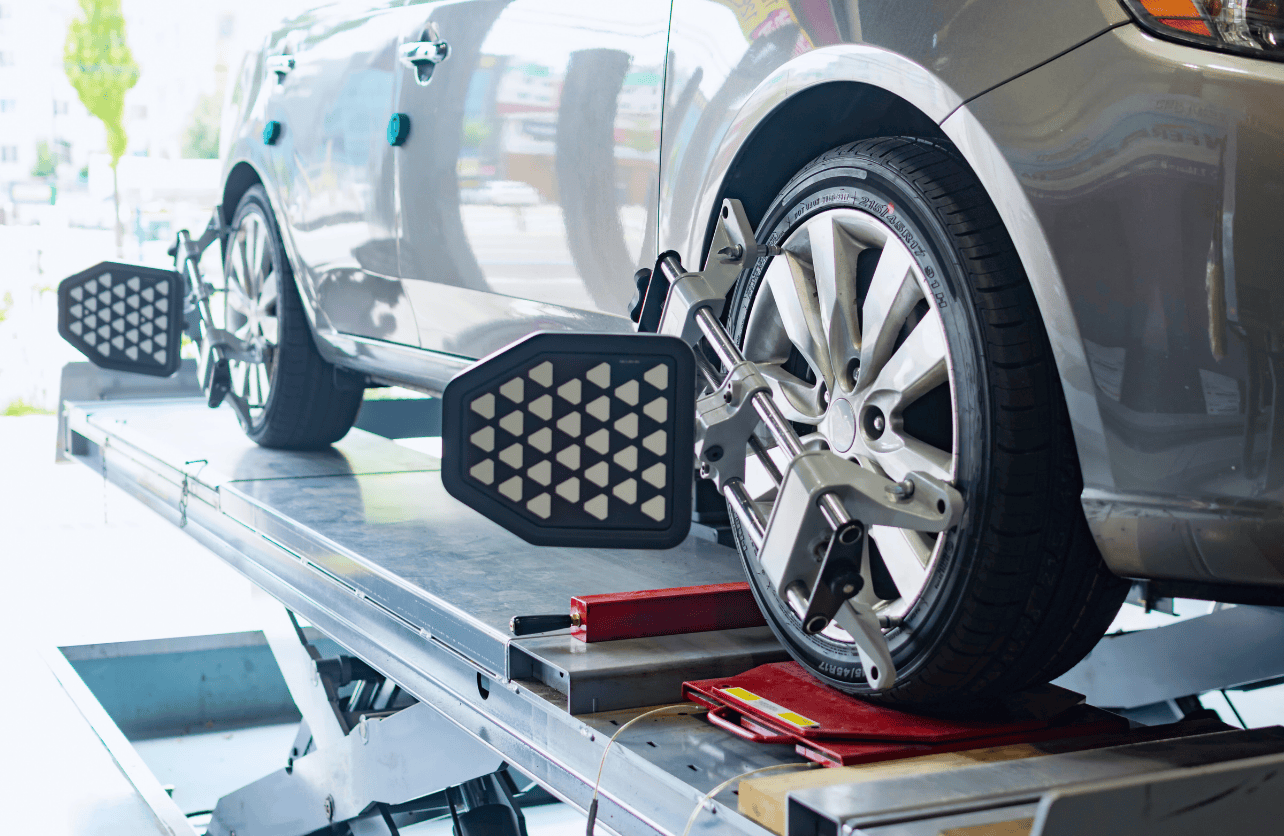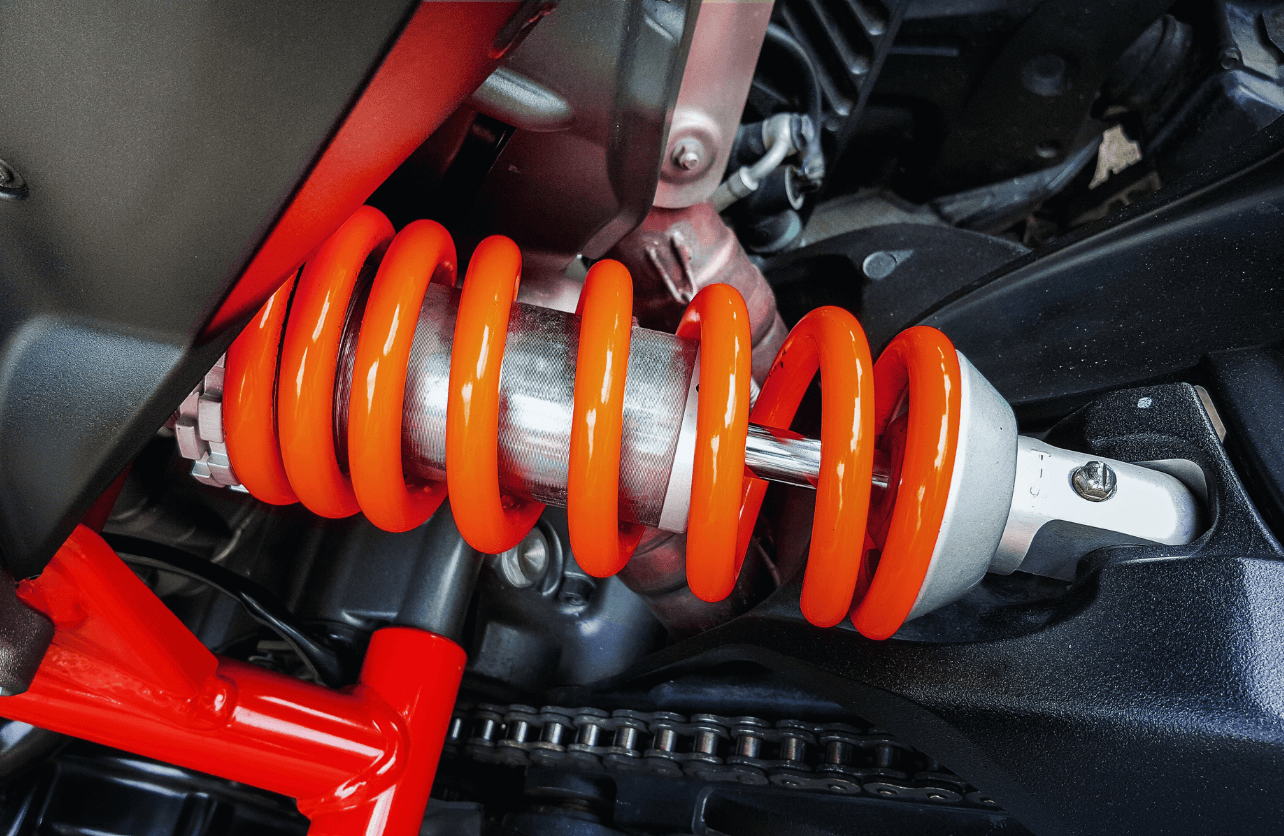Does A Car Need Alignment After Changing Shocks?

When you decide to replace your car’s shocks or struts, it’s important to consider whether an alignment is necessary afterward. Proper alignment ensures your vehicle handles correctly, maintains tire longevity, and provides a safe driving experience. This article explores the relationship between changing shocks and wheel alignment, helping you determine if an alignment is needed after replacing your car’s shocks.
Understanding Shocks and Struts

What Are Shocks and Struts?
Shocks (shock absorbers) and struts are critical components of your vehicle’s suspension system. They play a vital role in:
- Damping Springs: Controlling the impact and rebound movement of your car’s springs.
- Stability: Enhancing handling and ensuring a smooth ride by minimizing excessive body movement.
- Tire Contact: Maintaining consistent tire contact with the road for optimal traction and braking.
Differences Between Shocks and Struts
- Shocks: Typically used in the rear suspension of many vehicles, shocks absorb and dampen the motion of the springs.
- Struts: These serve a dual function as both a shock absorber and a structural part of the suspension system. They are commonly found in the front suspension.
The Importance of Wheel Alignment
What is Wheel Alignment?
Wheel alignment refers to adjusting the angles of the wheels so that they are set to the manufacturer’s specifications. Proper alignment ensures that your vehicle drives straight, handles correctly, and reduces uneven tire wear.
Key Alignment Angles
- Camber: The tilt of the wheels inward or outward from the top.
- Caster: The angle of the steering axis in relation to the vertical axis.
- Toe: The direction the wheels point relative to the centerline of the vehicle.
Why Alignment Might Be Necessary After Changing Shocks
Impact on Suspension Geometry
When you replace shocks or struts, you are directly affecting the suspension components that contribute to the overall geometry of your vehicle’s suspension system. Even slight changes can alter the alignment angles, leading to:
- Misalignment: Changes in the suspension can cause the wheels to point in unintended directions.
- Handling Issues: Improper alignment can make your car pull to one side, reducing control and stability.
- Tire Wear: Misaligned wheels can cause uneven or rapid tire wear, leading to the need for premature tire replacement.
Signs You Might Need an Alignment After Changing Shocks
- Uneven Tire Wear: Check your tires for irregular wear patterns. If one edge is more worn than the other, it could indicate alignment issues.
- Pulling to One Side: If your car drifts or pulls to one side while driving straight, it may require an alignment.
- Steering Wheel Off-Center: When driving straight, your steering wheel should be centered. If it’s not, an alignment might be necessary.
- Vibrations: Excessive vibrations or shaking in the steering wheel can be a sign of misalignment or suspension issues.
- Handling Problems: Difficulty in handling turns or maintaining control at higher speeds can indicate alignment needs.
Benefits of Getting an Alignment After Changing Shocks
Enhanced Vehicle Performance
Proper alignment ensures that your vehicle handles smoothly and predictably, improving overall driving performance. It allows for better steering response and stability, especially during turns and maneuvers.
Extended Tire Life
Aligned wheels wear evenly, extending the lifespan of your tires. This not only saves you money on tire replacements but also ensures better traction and safety.
Improved Fuel Efficiency
Misaligned wheels can cause increased rolling resistance, making your engine work harder and reducing fuel efficiency. Proper alignment helps optimize fuel consumption, saving you money at the pump.
Increased Safety
Properly aligned wheels contribute to safer driving by ensuring consistent tire contact with the road, enhancing braking performance, and reducing the risk of accidents caused by handling issues.
When to Schedule an Alignment
During or After Shock Replacement
If you’re replacing shocks or struts, it’s a good practice to schedule a wheel alignment either before or immediately after the replacement. This ensures that any adjustments made during the shock replacement don’t compromise your vehicle’s alignment.
Regular Maintenance Intervals
Even if you’re not changing shocks, it’s advisable to get your alignment checked regularly, especially if you notice any signs of misalignment or after hitting a pothole or curb.
How to Get a Professional Alignment
Visit a Certified Mechanic or Alignment Specialist
Professional alignment services use specialized equipment to measure and adjust the alignment angles accurately. Look for certified mechanics or alignment specialists who have the necessary tools and expertise.
What to Expect During an Alignment
- Inspection: The technician will inspect your suspension components, including shocks, struts, and other related parts.
- Measurement: Using computerized alignment machines, the technician will measure the current alignment angles.
- Adjustment: The technician will adjust the camber, caster, and toe angles to match the manufacturer’s specifications.
- Final Check: A final inspection ensures that all adjustments are correct and that your vehicle meets alignment standards.
DIY Alignment Considerations
While some basic alignment checks can be done at home, such as visually inspecting tire wear or ensuring your steering wheel is centered, professional alignment is recommended for precise adjustments. DIY alignment lacks the accuracy and equipment needed to achieve the manufacturer’s specifications, potentially leading to further issues down the line.
Summing Up
Changing your car’s shocks or struts is a significant maintenance task that can impact your vehicle’s overall performance and safety. Ensuring a proper wheel alignment after replacing these components is crucial for maintaining optimal handling, extending tire life, improving fuel efficiency, and enhancing safety. While some signs can indicate alignment needs, consulting with a professional mechanic or alignment specialist is the best way to ensure your vehicle remains in top condition. Prioritizing alignment after shock replacement not only safeguards your investment but also ensures a smoother and more enjoyable driving experience.
References
- National Highway Traffic Safety Administration (NHTSA) – Wheel Alignment
- Motorcycle Safety Foundation – Importance of Wheel Alignment
- U.S. Department of Energy – Fuel Efficiency and Wheel Alignment